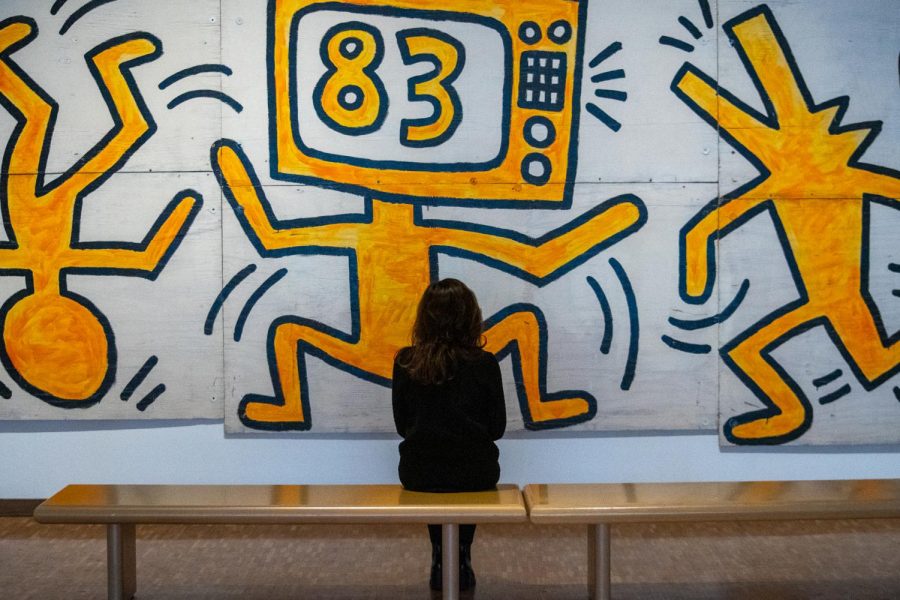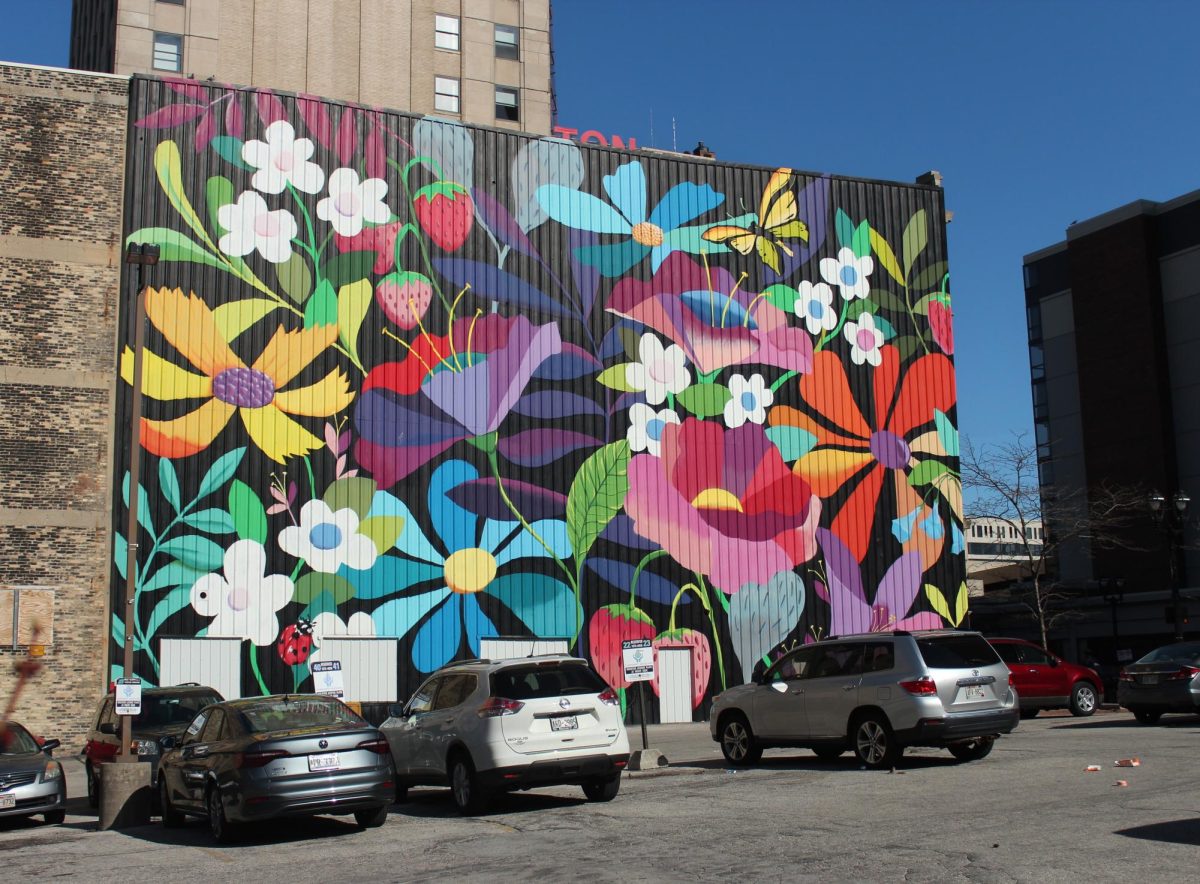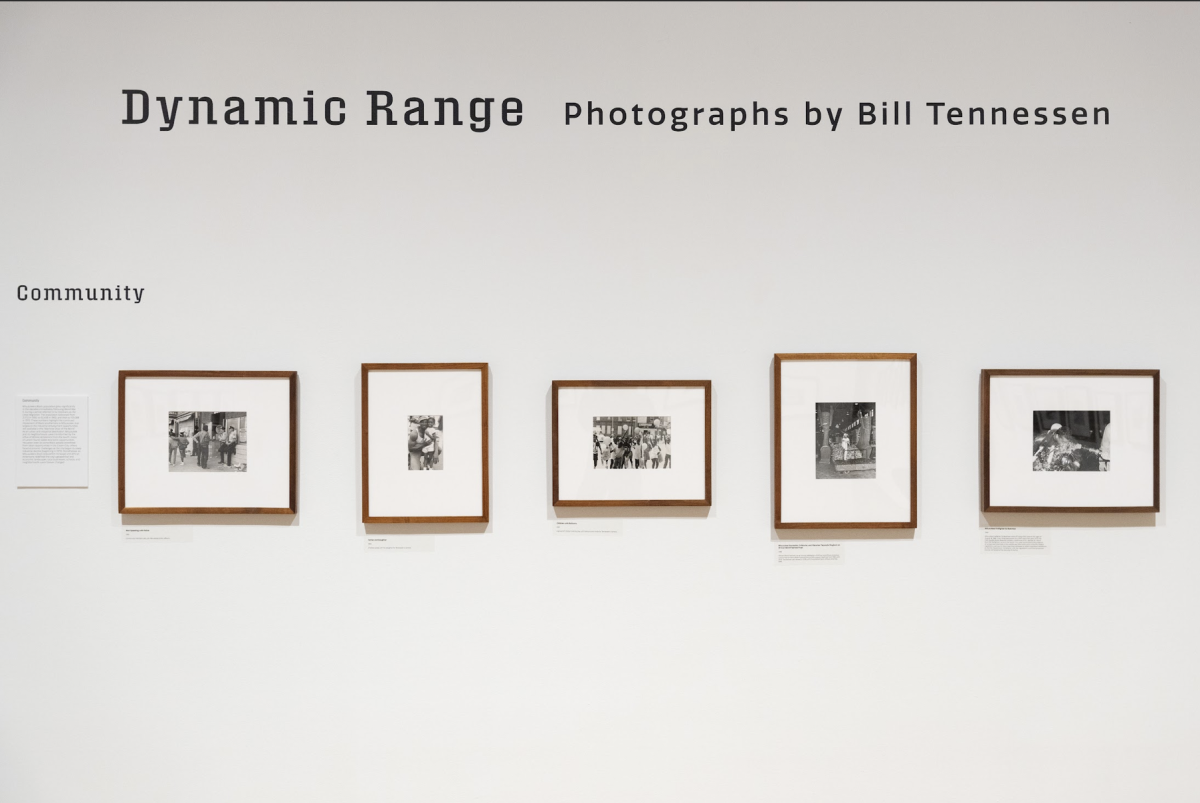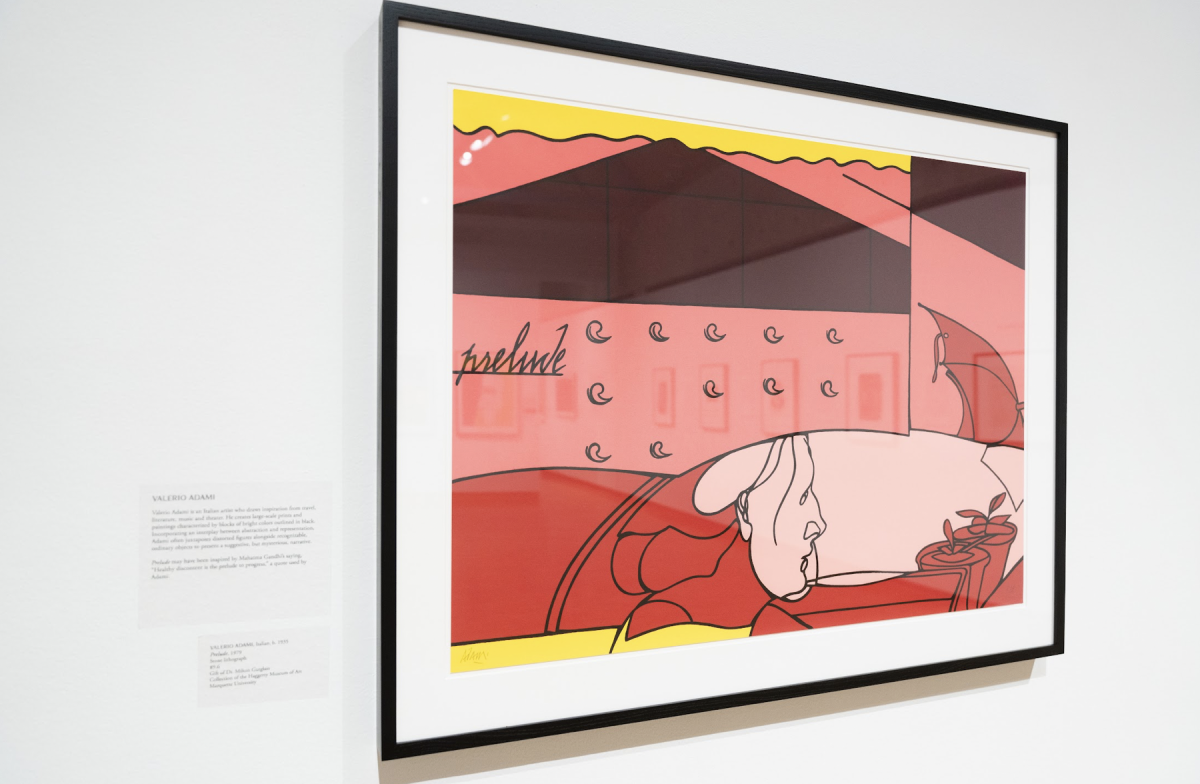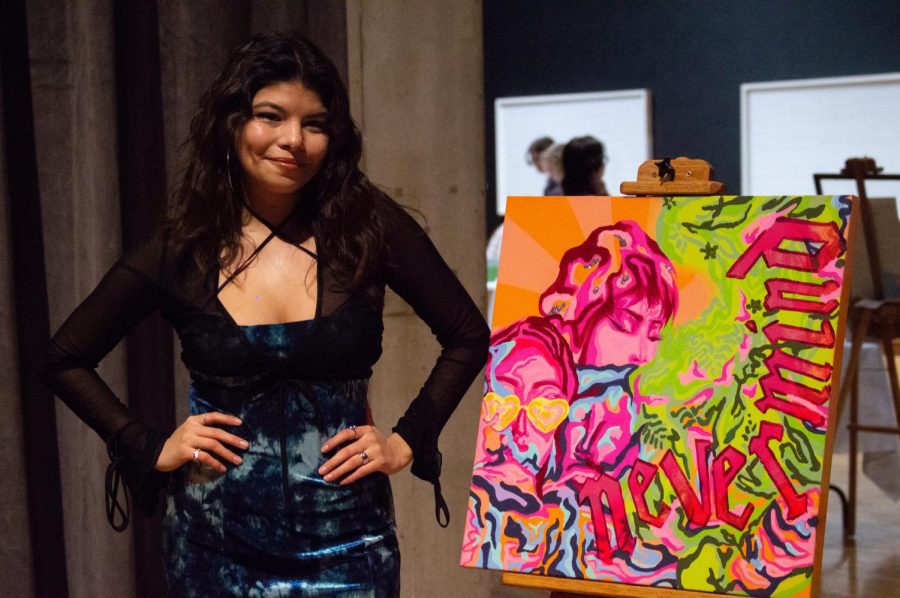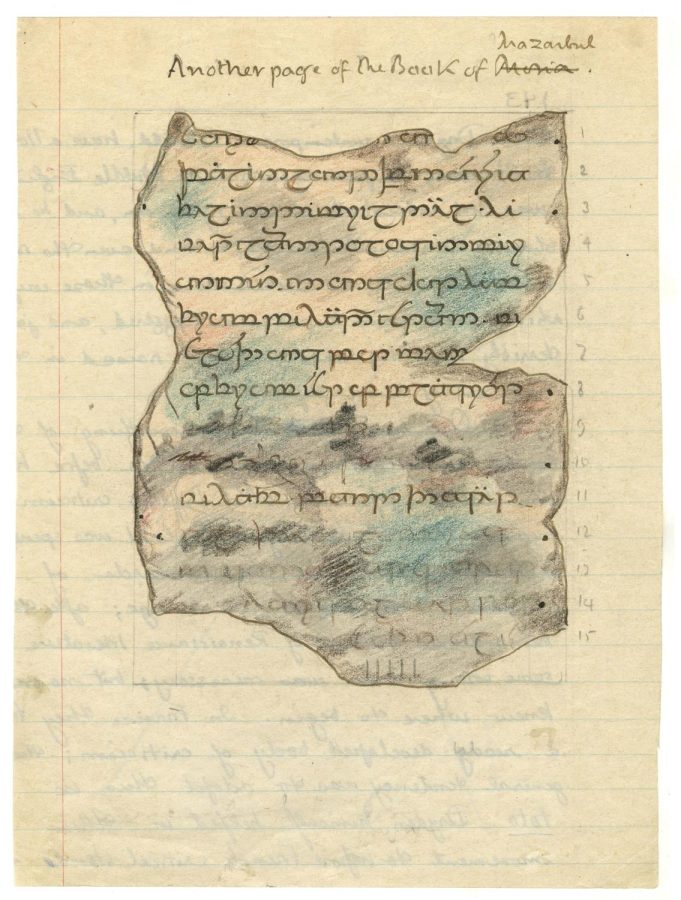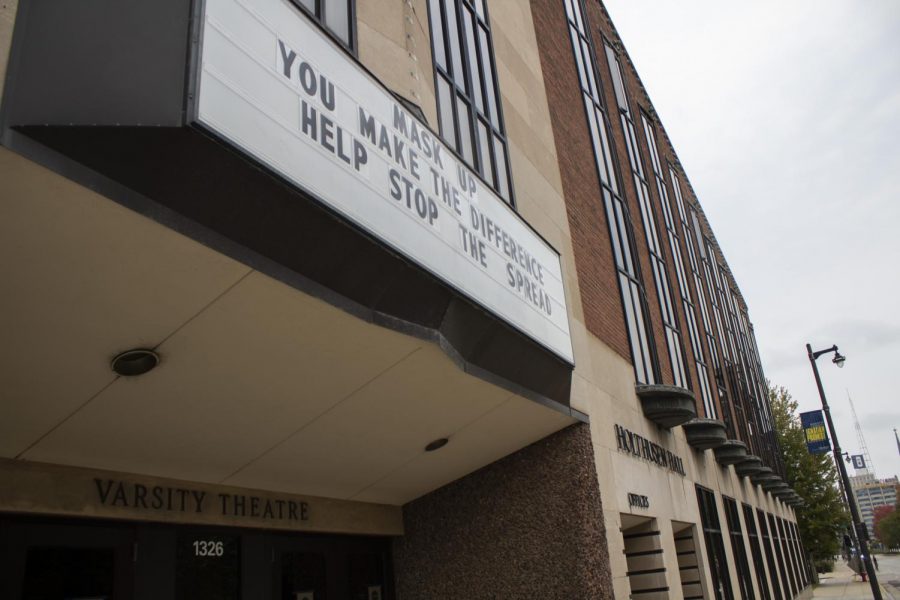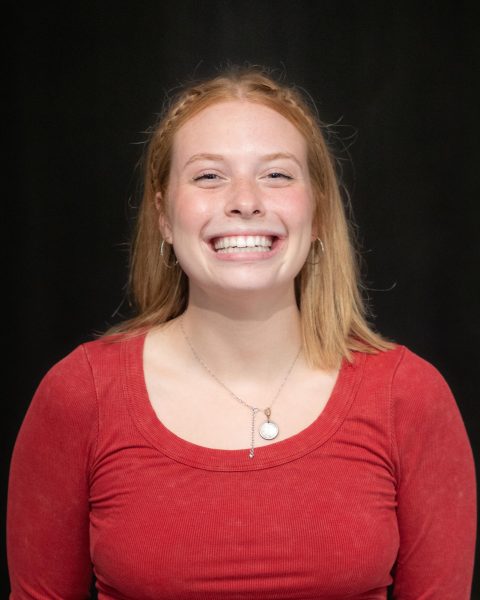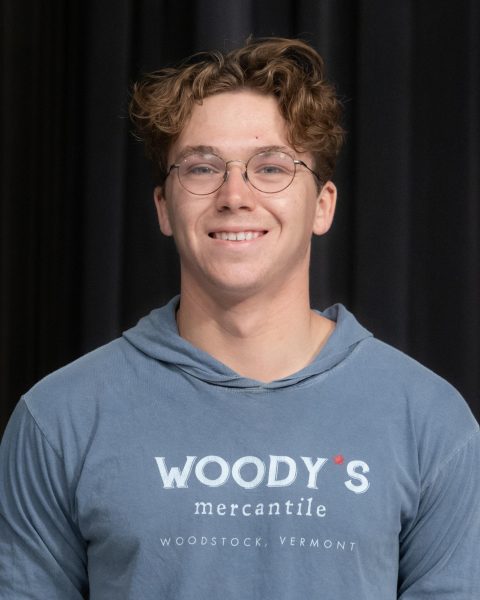In the United States, social movements have continued to spur change and progress since the 19th century. In order for these movements to be successful, they may require four characteristics: worthiness, unity, numbers and commitment. One of the most recent movements, Black Lives Matter, exemplifies these characteristics and is grounded in an art form that is louder than words: murals.
Murals have a long-lasting history. From once being used as a way to improve public spaces, murals have developed into symbols of commentary on the ways in which our world works. Chris Burke, a Milwaukee artist, creates murals across the city as a means of making the community aware of police brutality.
Burke says that a lot of planning and organizing went into creating the murals for the BLM movement. A lot of consideration went into the decision of who would be featured in the murals, as the contributing artists wanted to make sure these murals were going to make a lasting impact.
The group decided on both living and dead Black Milwaukee figures, one of them being Joel Acevedo, which Burke says this mural had a deep impact on him. Acevedo died at the hands of an off-duty police officer from choking.
The mural, located on Sixth Street and Greenfield Avenue, features Acevedo surrounded by Milwaukee landmarks. The colors of the mural are bright and bold because Burke says that the goal of these murals was to humanize the victims of police brutality like Acevedo.
Burke says that the mural was actually designed by the parents of Acevedo. Through this, Burke and his fellow artists were able to capture Acevedo as his true self, through the lens of his family and friends.
Marquette is home to multiple murals that reflect the values of the university. Emilia Layden, the curator of collections and exhibitions at the Haggerty Museum of Art, says that one of the most famous pieces at the Haggerty is the Keith Haring mural, which is both pleasing to the eye and packs an important message.
In 1983, the Haggerty Museum invited New York City-based artist Keith Haring to create a mural on the fence that enclosed the museum’s construction sight. After three days of work, with collaboration with students, staff and faculty, Haring finished the piece which is now on display at the museum.
Layden says that Haring was a strong believer that everyone should have the ability to express themselves through art, as art can spread a message without outwardly saying it.
“When asked by a student why he was making the mural, Haring responded, ‘for you.’ He believed that art is for everybody, and he wanted his work to be as accessible as possible, which is why he often worked in public space,” Layden says. “He was excited about the opportunity to paint the construction fence mural at Marquette because it was so visible from the freeway.”
Layden says that Haring used art to communicate to as wide of an audience as possible. During the mural’s production, Haring handed out pins and posters with his “radiant baby” icon on them, which was his way of spreading his message of human freedom to the Marquette community.
Professors around campus have continued to include this mural in their curriculum. From all different majors, students can interpret the mural in different ways and apply that to their studies.
“Because of the open-ended nature of Haring’s visual symbols, the mural can be approached and interpreted in myriad ways,” Layden says. “Great art — like Haring’s mural — is layered in this way, and it can impact people on multiple levels.”
Art is being utilized around campus in more ways than some people think. The Career Services Center is currently hiring five students to create art to be hung on Wisconsin Ave. Courtney Hanson, the director of the Career Services Center, says that they are looking for pieces that speak to the student’s culture and career, as interpreted by the student.
Hanson says that the idea for the project comes from encouraging more students to utilize the opportunities and space that the Career Services Center offers.
“We wanted students to see themselves in the space and know this is a place where differences are appreciated, and student contribution is valued,” Hanson says. “In this case, we may be supporting a student’s desire to build experience in creating art as a job, or we may be providing a new way for a student to reflect on their career journey through a creative lens.”
Hanson hopes that students will be able to feel a sense of belonging in the Career Center through this art project.
“We hope that we can build awareness that staff in the Career Center are interested in all students’ unique paths and welcome everyone to our space to explore the possibilities of their future and find support throughout that journey,” Hanson says.
Layden says that whether we choose to or not, we are always interacting with the art that surrounds us. Through this unconscious interaction, she says that we are constantly absorbing and interpreting the messages that art conveys.
“No matter the intended impact, though, situating art in public space transforms the way that people experience that space. It democratizes the experience of looking at art,” Layden says. “Some people might not be interested in visiting a museum or, worse, they might not feel comfortable in a museum setting. But, they may pass a mural on the side of a building every day, and whether they think about it consciously or not, they are interacting with art in those moments.”
This story was written by Phoebe Goebel. She can be reached at [email protected].


